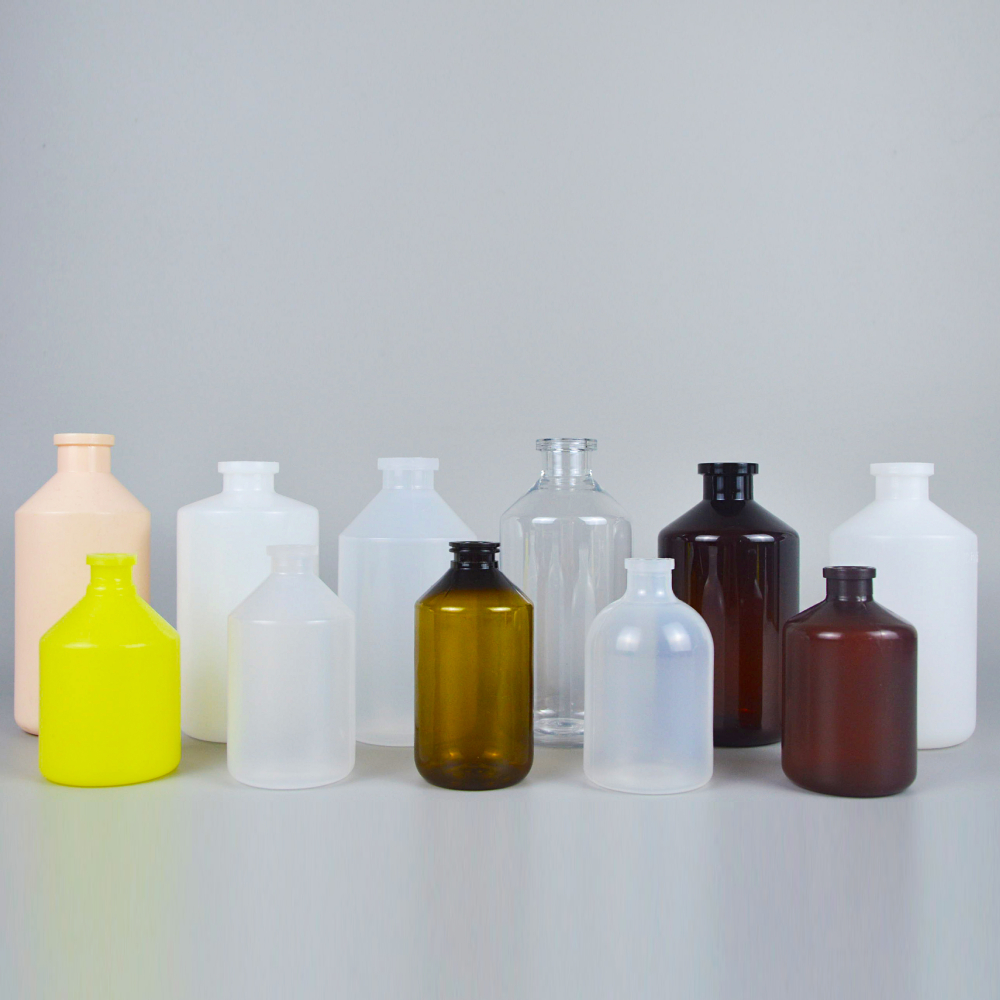dropping bottle use in laboratory
The Impact of Dropping Bottle Usage in Laboratory Settings
Dropping bottles are an essential piece of equipment in many laboratory environments, utilized for the safe and accurate dispensing of liquids. They play a crucial role in various scientific procedures, including chemical experimentation, biological testing, and material synthesis. However, the improper use or excessive reliance on dropping bottles can lead to significant issues, prompting the need for careful consideration and appropriate handling practices. This article explores the importance of dropping bottles in laboratory settings, their advantages, potential drawbacks, and recommendations for best practices.
The Role of Dropping Bottles in Laboratories
Dropping bottles, also known as dropper bottles or drop bottles, are typically made from glass or plastic and feature a narrow neck with a dropper for precise liquid dispensing. This design allows researchers and technicians to dispense small, controlled amounts of liquid, which is particularly important in experiments where accuracy and measurements are critical. Dropping bottles are commonly used to store and dispense reagents, solvents, and other liquid substances, ensuring a clean and efficient workflow.
One of the primary advantages of using dropping bottles is the ability to control the flow of liquid. This minimizes waste and reduces the risk of spills, which can be both hazardous and costly. Furthermore, dropping bottles are often designed to maintain the integrity of the liquid inside, protecting it from contamination and degradation caused by exposure to air or light.
Advantages of Using Dropping Bottles
1. Precision Dropping bottles allow for precise measurements of liquids, crucial for experiments requiring exact concentrations. 2. Convenience They are portable, easy to use, and can be fitted with various droppers, making them versatile for different laboratory applications. 3. Safety Many dropping bottles come with safety features, such as child-proof caps, which reduce the risk of accidental spills. 4. Storage They offer a safe method of storing hazardous chemicals without exposure to light and air, prolonging shelf life.
Potential Drawbacks
dropping bottle use in laboratory

Despite their advantages, there are significant concerns regarding the over-reliance or improper usage of dropping bottles. One major issue is the risk of contamination. Repeated use of the same dropping bottle without proper cleaning can lead to cross-contamination, skewing experimental results and potentially leading to hazardous reactions.
Moreover, the materials used for dropping bottles can leach chemicals into the liquids they contain. For example, some plastics may release harmful substances when in contact with certain solvents. This can compromise the integrity of experiments, especially in fields such as pharmaceuticals where purity is paramount.
Another disadvantage is the ergonomic strain they can place on laboratory workers. Frequent repetitive motions associated with the use of dropping bottles can lead to repetitive strain injuries over time.
Best Practices for Dropping Bottle Usage
Given the potential issues associated with dropping bottles, it is essential to implement best practices to maximize their benefits while minimizing risks
1. Regular Cleaning Ensure that dropping bottles are regularly cleaned and sterilized to prevent contamination. This is especially important when transitioning between different chemicals. 2. Proper Labeling Clearly label each dropping bottle with the contents and date of filling to avoid mix-ups and ensure safe handling. 3. Material Selection Choose dropping bottles made from materials compatible with the chemicals they will contain. Glass dropping bottles are often preferred for harsh solvents, while specific plastics may be suitable for less aggressive substances. 4. Ergonomic Design Considerations Opt for dropping bottles that are ergonomically designed to minimize strain on the user's hands and wrists. Incorporating features like squeeze bottles or trigger-based dispensers can help alleviate repetitive motion injuries. 5. Training and Protocols Implement training programs for laboratory staff focusing on the proper handling and usage of dropping bottles, emphasizing the importance of safety and accuracy.
Conclusion
Dropping bottles remain a vital tool in the laboratory, offering precision and convenience for liquid dispensing. However, it is crucial to acknowledge and address the potential risks associated with their use. By adhering to best practices and maintaining awareness of proper techniques, laboratories can continue to utilize dropping bottles effectively and safely, thereby enhancing the quality and accuracy of scientific research.
-
Aesthetic Makeup Spray Bottles | Fine Mist Empty RefillableNewsAug.19,2025
-
White Plastic Veterinary Vaccine Vials | Lab Liquid BottlesNewsAug.18,2025
-
Plastic Medicine Liquid Bottle: Secure Flip Top Drug VialsNewsAug.17,2025
-
Durable 250ml Blue Plastic Vaccine Vial for Lab & Vet UseNewsAug.16,2025
-
Sterile Virus Sample Tubes: Secure & Reliable Specimen CollectionNewsAug.15,2025
-
White 250ml Plastic Vaccine Vial for Lab & Vet MedicineNewsAug.14,2025
























